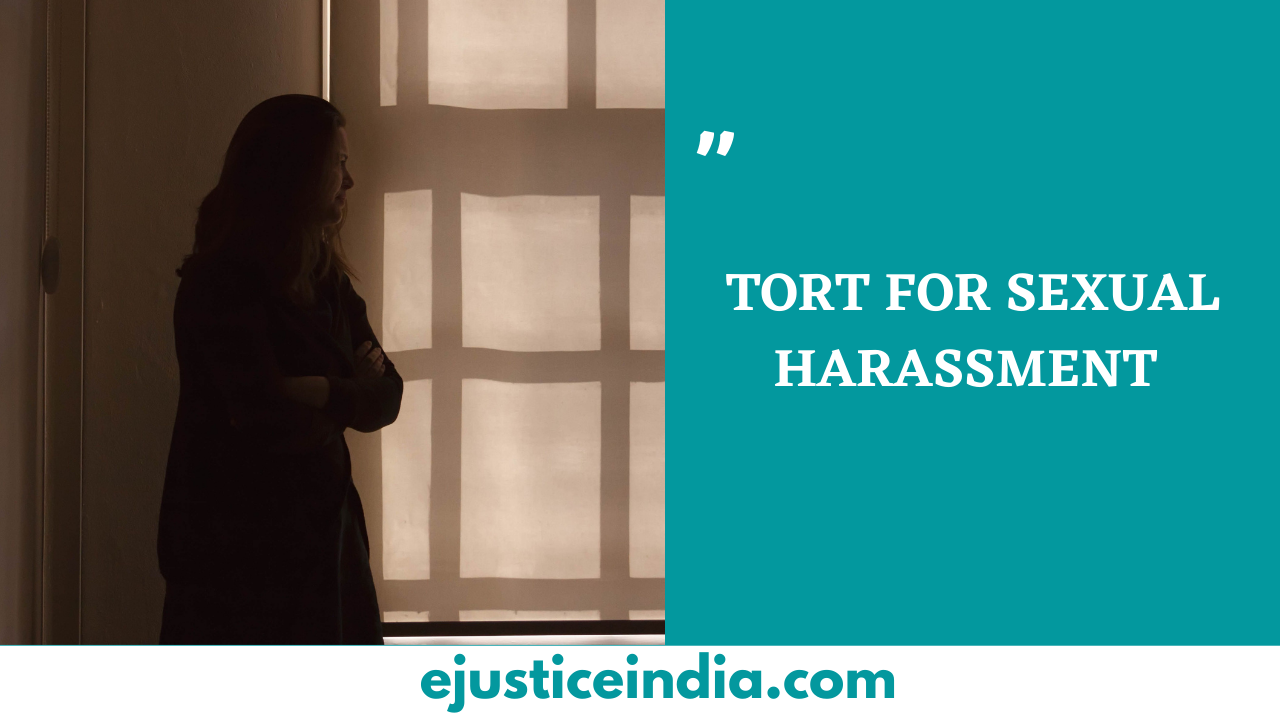NEW EDUCATION POLICY 2020-UNWONTED BUT TRUTH
NEW EDUCATION POLICY 2020-UNWONTED BUT TRUTH
Author : Alika Jain of The ICFAI University, Dehradun
Introduction
The New Education Policy made us twiddling our thumbs for the last 34 years. In 2014, education was one of the main election manifesto promised by the BJP lead alliance. Taking this move forward Smriti Irani the then HRD Minister formed a committee in 2015 led by TSR Subramanian; the committee submitted their reports on 7th May 2016 but nothing happened.
Again a new nine-member committee was formed under the leadership of Dr.K Kasturirangan former ISRO chief; the committee drafted the NEP 2019 which was later passed by the ministry as the NEP 2020. The policy is to be implemented jointly by the Ministry of Human Resource & Development, Ministry Women & child development, and Ministry of Family Welfare & Tribal Affairs.
History of Education in India
India welcomed its first Education Policy during the Indira Gandhi govt. back in 1968 and again we welcomed our second Education Policy by the Rajiv Gandhi govt. in 1986 which was later modified by the P.V.Narsimha Rao govt. in 1992.
Meanwhile, the last groundbreaking within the field of education was the incorporation of the “Right to Education” guaranteed by Art. 21A (86th amendment, 2002) provides free and compulsory education to children of 6 to 14 years aged as a neighborhood of eminent legal quantum leap which was executed in 1992 when the Supreme Court of India held in Mohini Jain v. The State of Karnataka, the Right to Education is associated with fundamental rights embalmed under Part III of the Constitution.
Main objectives of the NEP 2020-
- Improve the quality of education.
- The credibility of education.
- Addressing the gaps in implementation.
- Universalization of access to education.
- Inculcate traditional values and all basic human and constitutional values.
- Emphasis on digital literacy, coding and inclusion of contemporary subjects.
Right to Education in the Ambit of Indian Constitution
After the introduction of Article 21A, it did show an increase in the literacy rates by 14%, in a country where going school is a privilege, taking this into consideration the focus of the NEP 2020 is holistic as it gives equal weightage to academic, vocational training, and the co-curricular & extracurricular.
The Supreme Court in Environmental and Consumer Protect Foundation v. Delhi Administration held that in order to ensure compliance of article 21A of the constitution, it is imperative that schools must have qualified teachers and basic infrastructures as a part of child rights, BUT IN India schools lack basic infrastructures and premises and the teachers are not at par qualified and discriminates the students on the basis of economic, social, etc. backgrounds. To erase the Supreme Court again in The State of Tamil Nadu v. K.Shyam Sunder held that Right of a child should not be restricted only to free and compulsory education without any discrimination on the ground of their economic, social, and cultural background.
These two landmark cases depict that when a fundamental right is made it is protected by all the four sides by other rights that stand strong to guard them against getting infringed and this is the beauty of the Indian Constitution.
Changes to the Model at School Level
- High-quality education.
- Four stages in education; foundational-preparatory-middle-secondary (3-5-3-4).
- Reducing language barriers.
- Focus on education and opportunities for divyang students.
- Emphasis on logical decision making.
- Power to the state to make their own curriculum for students.
- The pairing of govt. schools with private schools.
Changes to the Model in Higher Secondary Education
- Flexible under-graduate or post graduate programs with multiple exits and entry options.
- Undergraduate Programme- 3/ 4 year
- Post-Graduate Programme- 1/ 2 year
- Integrated 5-year Bachelor’s /Master
- Discontinued Mphil
- The National Research Foundation will be set up as an apex body to foster research culture.
- To govern the entire system of the higher education, Higher Education Commission of India (HECI) will be set up as an umbrella institution.
Changes for Teachers
- NCFTE (National Curriculum Framework for Teacher Education) will be formulated by the NCTE in consultation with NCERT.
- By 2030, the 4-year integrated B.Ed will be the minimum degree qualification for teaching.
- There will be interviews and tests to be conducted to set a benchmark, prior to joining any educational institutes as teachers.
Conclusion
While the NEP 2020 will be an aid in the growth of our society, again it is the weaker section who needs to face the sour day as they will be rat trapped again as the policy is silent about the regulation of fees structure, elimination of private tuitions, increasing the enrollment of the children belongs to weaker sections in private schools as an aid by the govt., lack of access of digital gadgets (mobiles, laptops, tablets, computers) to children and their guardians, etc. Meanwhile, some objectives are already incorporated in the previous education system and no revision policy is made to repudiate them such as the structure of (5+3+3+4) that is already followed by the private schools.
Moreover, how education can go digital when India is far behind many developing nations in Internet facility as India stands 168th in internet facility and suffer from lack of technology, multiple disconnections, etc. India drops two places to 132 in Ookla’s mobile broadband speed index. India’s average mobile average speed in April 2020 was 3.08Mbps.
At last, everything depends on the implementation, this policy has given hope to many people and I hope that this policy will not let their hope down otherwise it will cast a spell on future of millions as if this policy failed the present of the children which is dark will make their the future bleak.


